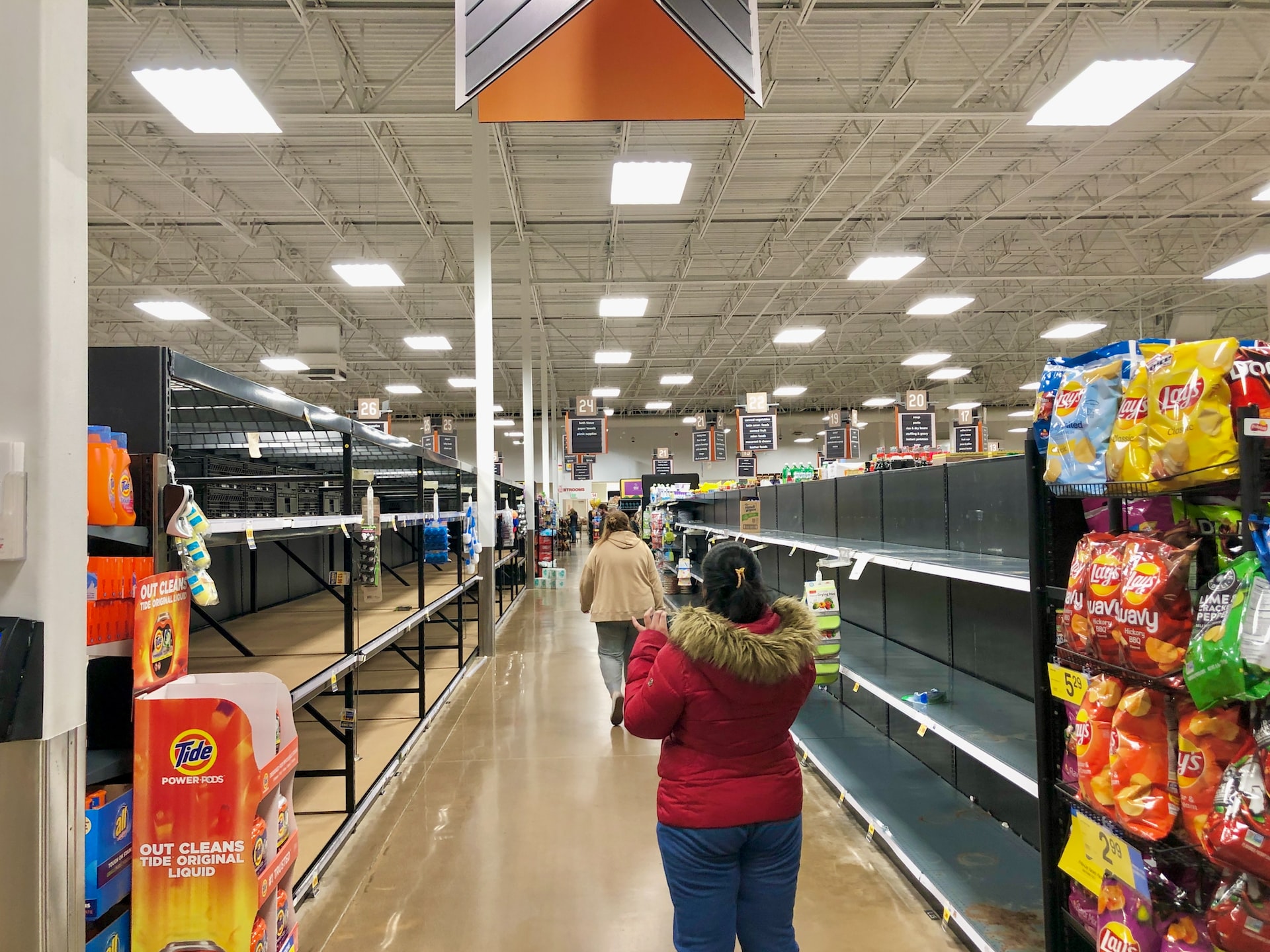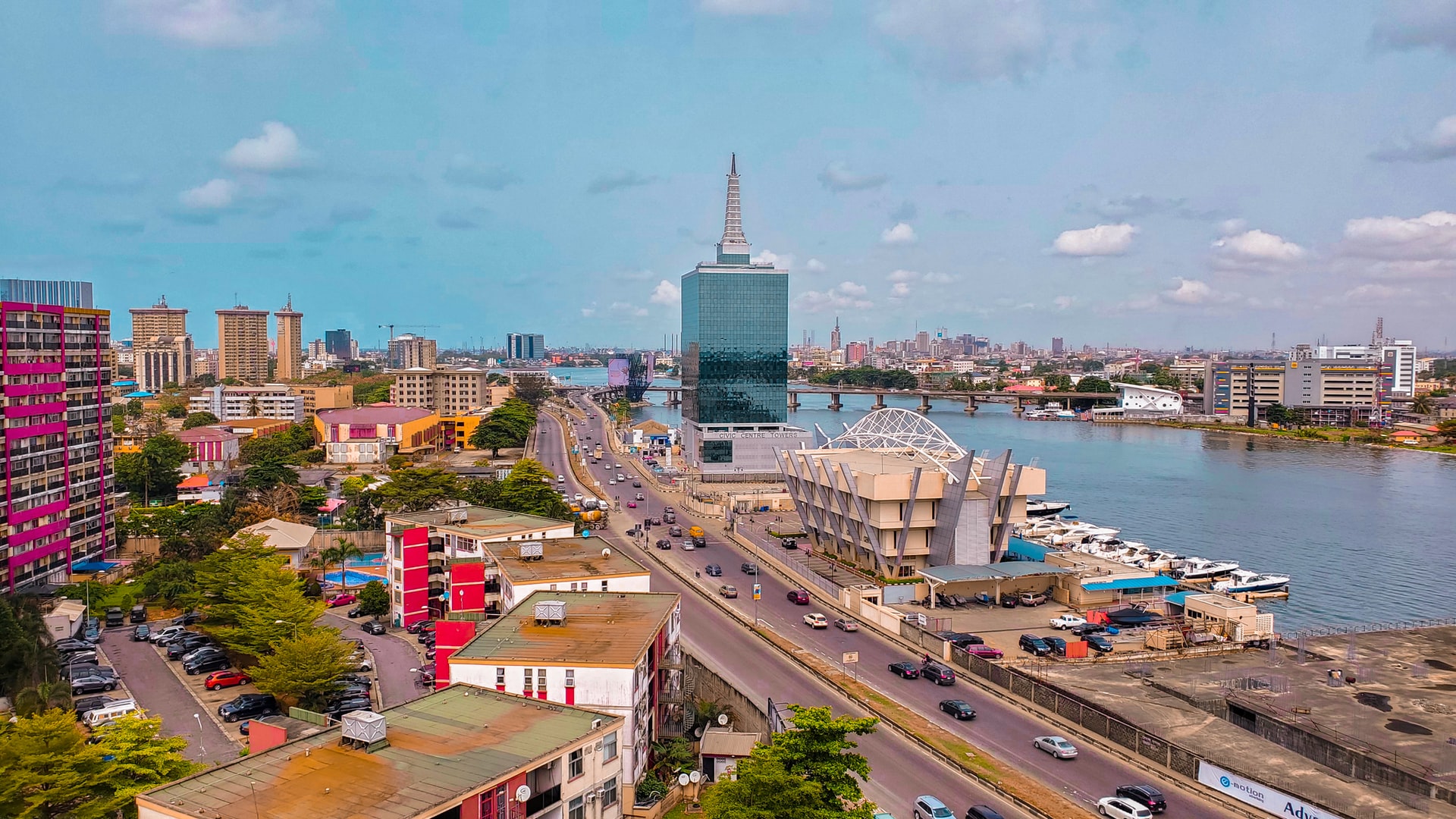Supply Chain Management is Now a Top Priority
Supply chains are vital to keep the world moving. Trade between countries and regions is only possible if there is a seamless supply chain in place that maintains and keeps good and services moving.
Supply chains encompasses all that which goes into making a finished product or service usable. If it had not been for a seamless supply chain, then both time and cost are greatly impacted to develop a finished product or service, negating its purpose.
It was because of established supply chains that movement of food grains, masks and PPE kits was made possible. Since China had a robust supply chain in place, it was able to quickly pivot and manufacture plenty masks and PPE kits for neighboring countries.
Global supply chains now stand disrupted due to more than two years of the pandemic which has led to a shortage of raw materials, lower market demand and inflationary prices of goods and services. Developing Asia is the worst impacted by rising producer and consumer prices. Vietnam has recorded a two-year high inflation rate. As of June 2022, an increase of 3.37% was recorded in consumer price index in Vietnam.
This is one of the topics we will discuss in the upcoming Horasis India Meeting, being held between 25 to 26 September, 2022 in Vietnam. The themes discussed in the meeting will center around geopolitics, impacts of COVID-19, and the pressure being faced by global and national economies. The event will have 300 of the most senior members of Horasis, suggesting ways in which developing economies—particularly India and Vietnam—can realize a sustainable and resilient future.
The Pandemic Disruption
Disruptions brought about by COVID-19 was massive. In the initial period of the pandemic, countries initiated lockdowns and social distancing measures, greatly impacting the flow of goods and services. International borders were also shut to control the spread of the virus.
This had dire implications for industries that relied heavily on source materials from other countries to develop finished products. Vietnam is very much dependent on trade. Trade as a percentage of GDP stood at around 210% in 2019, having grown each year since 2012. Raw material shortages due to supply chain disruptions is severely impacting certain industries in Vietnam. Iron and steel is one important sector that is witnessing supply disruption still, particularly because of two reasons – China controlling its iron exports and the war in Ukraine, completely disrupting the exports of steel from Russia and Ukraine.
China’s present condition would be a great example in this instance. The country is undergoing a spate of Omicron variant that has halted a lot of economic activity in the country. Businesses that depended on China’s factories for its production are now looking for alternatives to fill the rising demand gap.
Cost of shipping a container on the world’s transoceanic trade routes also increased seven-fold in the 18 months following March 2020. This led to high inflationary prices, especially for low-income countries and islands. An IMF study indicates that inflation peaks 12 months after shipping costs increase. This would imply that increase in shipping costs observed in 2021, will increase inflation by about 1.5 percentage points in 2022 and will last up to 18 months. A grim situation considering that the inflation we are presently observing may well last up to 2023.
Reconceptualizing Supply Chains
Supply chains are being reimagined to be better prepared for future crises. Amid the pandemic, India implemented several reforms to strengthen its supply-side. For industries, it brought about PLI schemes, in addition to repealing retrospective tax. For the BPO sector, the government liberalized working conditions and also removed registration requirement. Insurance deposit levels were raised in the financial sector. Economic Survey of 2021-22 notes that “Another distinguishing feature of India’s response has been an emphasis on supply-side reforms rather than a total reliance on demand management. These supply-side reforms include deregulation of numerous sectors, simplification of processes, removal of legacy issues like ‘retrospective tax’, privatization, production-linked incentives and so on. Even the sharp increase in capital spending by the Government can be seen both as demand and supply enhancing response as it creates infrastructure capacity for future growth.”
Businesses in Vietnam are looking to diversify their suppliers to reduce their dependency on China. Meanwhile the Vietnam government will also need to bring out support structures for the development and establishment of support industries within the country to deal with supply chain disruptions.
Way Forward
There are many theses being explored where most believe that the era of local supply chain or regional supply chain has arrived. But that would not be right. As the best way forward would be better management and planning of the supply chain needs and a better policy framework which allows for the development of critical support industries nearer to home.
Additionally, governments in developing Asia need to strengthen and invest in their R&D capabilities and information system to be better informed and prepared for future crises.
Photo Caption: Securing supply chains has become critical for every country.




